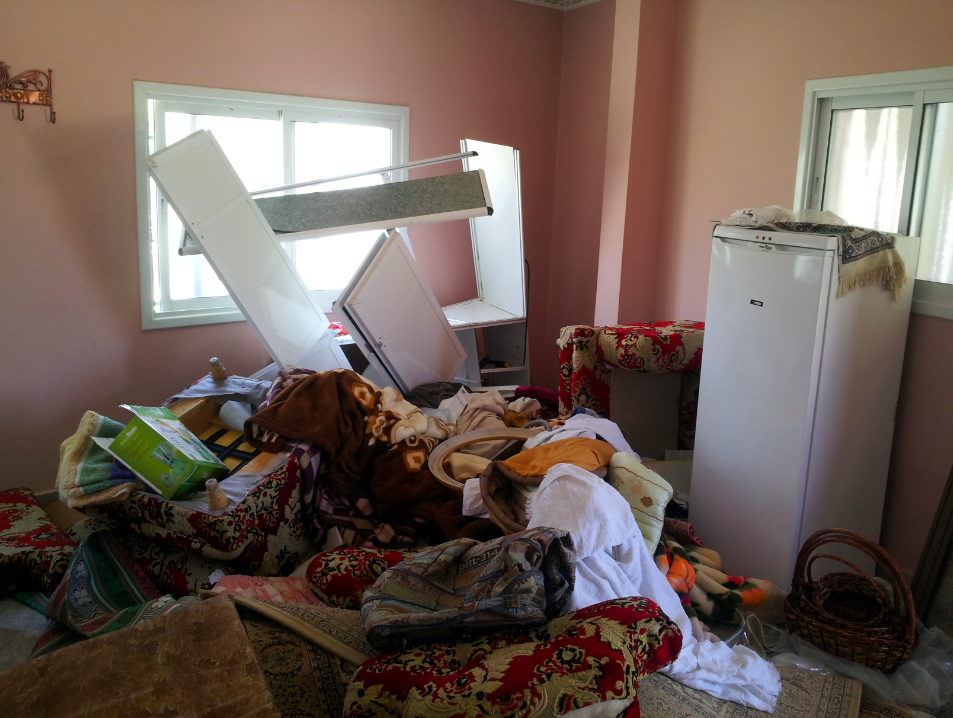Tag: Nablus
-
Young man injured by Israel army live ammunition in invasion of Iraq Bureen
21st July 2014 | International Solidarity Movement, Nablus team | Iraq Bureen, Occupied Palestine On Thursday, July 17, 19 year old Mohamad Yousef Kadan was shot by an Israeli soldier in Iraq Bureen, near Nablus in the northern half of the West Bank, during an army invasion into the village. Mohamad was playing football with…
-
Israeli forces invade Madama
25th June 2014 | International Solidarity Movement, Nablus Team| Madama, Occupied Palestine At 12:30 a.m. on June 22, 2014, approximately 50 Israeli soldiers invaded the village of Madama. Madama, which is located 10 km southwest of Nablus, in the northern part of the West Bank, has approximately 2000 residents. The soldiers raided close to 100 homes…
-
Photo story: Nablus rally in solidarity with political prisoners
On the 26th of May, more than 500 people joined a demonstration in Nablus in solidarity with Palestinian political prisoners and hunger strikers. Starting from the city’s main square, they then marched through some of the main streets of Nablus. On the 24th of April, over 100 Palestinian political prisoners, many of whom are held under administrative…



